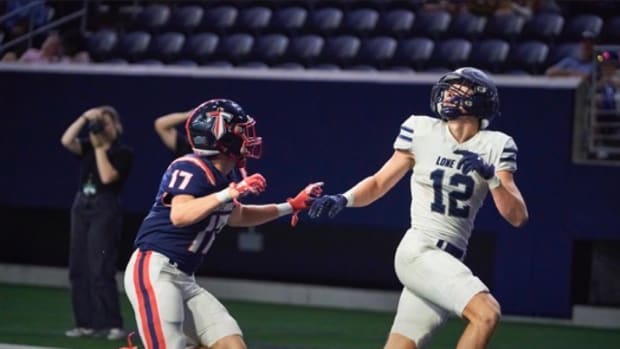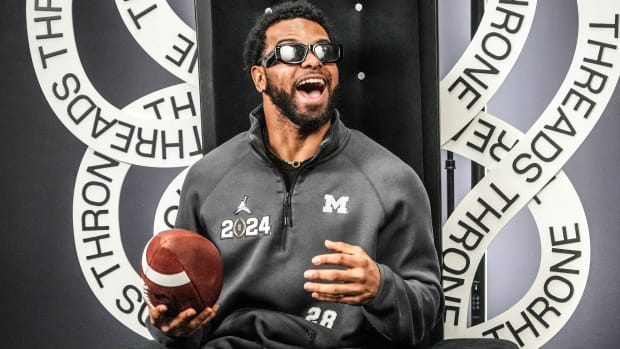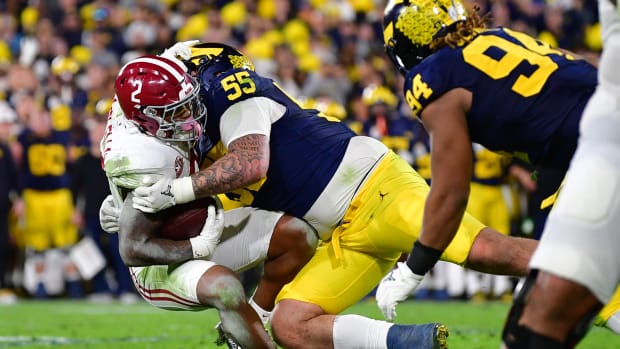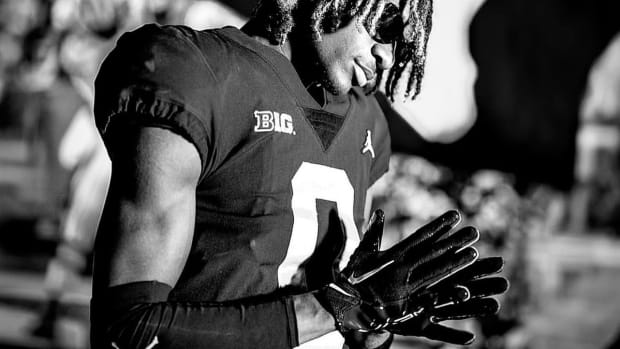2020 Total Team Talent Ratings: May Update
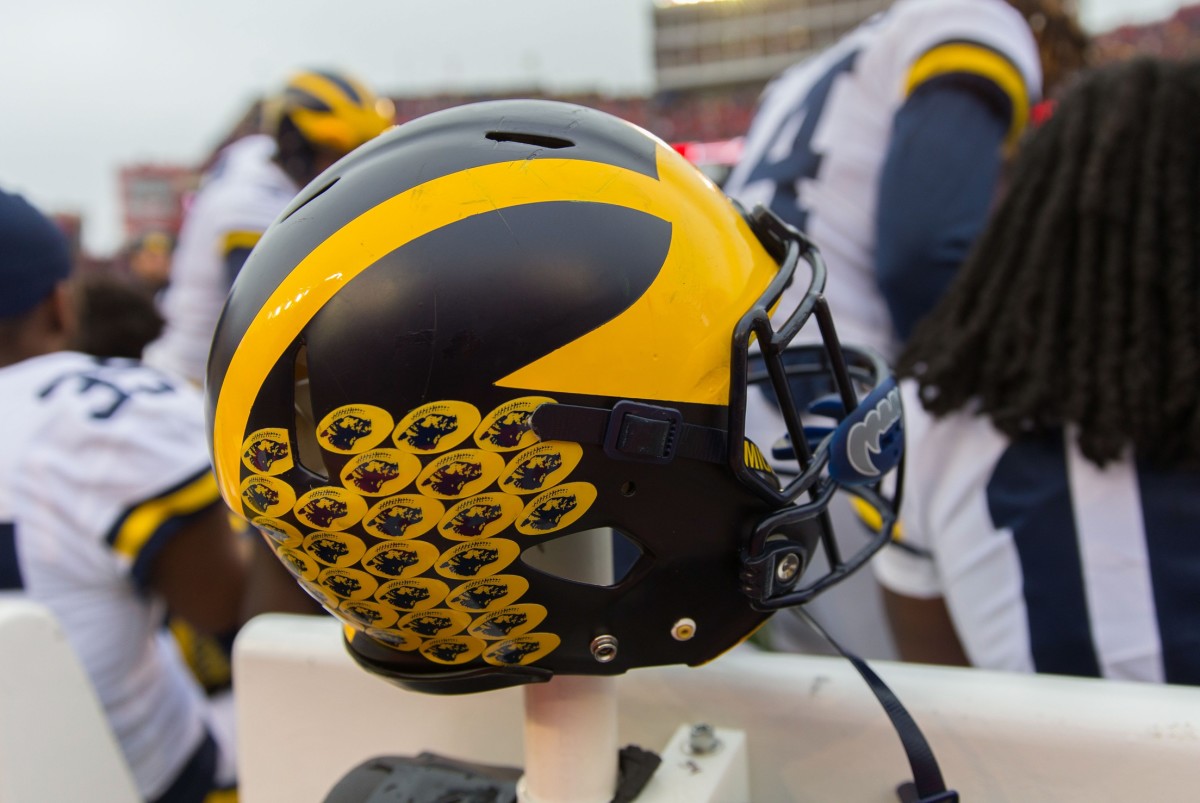
My annual college football preview originally began as a labor of love many years ago, but the past few years with legalized sports wagering it's also become an investment. Therefore, I'm constantly striving to get as unbiased and thorough of a read on college football as I possibly can.
In this era of the sub-package specialization, early enrollees, advanced strength and conditioning down to the high school level, early entrees into the NFL Draft, and the transfer portal, simply counting returning starters as we used to do back in the day doesn't cut it. That's why analytics are rightfully all the rage, and if you're into that sort of thing Bill Connelly at ESPN is probably the closest thing college football has to KenPom.
However, his analytics are largely based on returning production. And while that's a far superior way of determining how good these teams are than merely counting returning starters and lettermen, it doesn't always tell us how good these teams could be. In other words, how good are the names we don't yet know?
To help answer this question and provide a more profitable metric, back in 2017 I decided to create what I call the Total Team Talent Ratings. These compare the roster potential of power five programs (and Notre Dame) with each other, since that's each program's primary competition.
These are calculated by the following criteria:
-- Using the 247 Sports Composite recruiting rankings of the three major services (247, Rivals, and ESPN), we give each player on the roster a point total based on the star they were assessed as a recruit. So 5 points for a 5-star, 4 points for a 4-star, etc.
-- We only evaluate the last four recruiting classes, so for this year that's 2017-20. That's because fifth-year seniors at the power five conference level are just not as impactful or plentiful as they used to be. But if a fifth-year senior figures prominently on the depth chart, they are still accounted for.
-- These are constantly being updated all offseason to account for the latest roster news, and this update is with news through May 8.
-- To account for teams that are considered "developmental" programs, thus they don't recruit a lot of 4-and-5-star prospects, as their players overachieve their incoming star rating they are given additional points. For example, Minnesota's Tanner Morgan was just the No. 1185th-rated prospect coming out of high school, but he clearly played above that last season. Therefore, he's now considered a 4-star in this metric. Players who underachieve their star rating are not lowered points, though, because the point of this exercise is to measure potential. And there could be mitigating circumstances beyond an overrated evaluation that has held a player back, like injuries.
-- Finally, there are many players in the transfer portal awaiting word on a waiver to play next season. Therefore, several teams could be in line for a boost in these ratings between now and September.
In this update we're going to look at how each conference stacks up within and with one another.
Big Ten
1. Ohio State (330)
2. Penn State (308)
3. Michigan (297)
4. Purdue (278)
5. Indiana (277)
6. Michigan State (276)
7. Iowa (268)
8. Minnesota (265)
9. Wisconsin (262)
10. Nebraska (259)
11. Illinois (253)
12. Maryland (249)
13. Northwestern (247)
14. Rutgers (235)
SEC
1. Georgia (356)
2. Alabama (333)
3. Auburn (299)
4. Florida (295)
5. Tennessee (292)
6. tie, South Carolina, Texas A&M (288)
8. LSU (287)
9. Mississippi State (282)
10. Kentucky (278)
11. Missouri (269)
12. Mississippi (259)
13. Arkansas (254)
14. Vanderbilt (246)
Big 12
1. Oklahoma (303)
2. Texas (301)
3. Iowa State (264)
4. TCU (262)
5. Baylor (261)
6. Oklahoma State (260)
7. tie, Kansas State, West Virginia (255)
9. Kansas (233)
10. Texas Tech (200)
Pac-12
1. Oregon (319)
2. Washington (278)
3. USC (273)
4. UCLA (267)
5. California (257)
6. Stanford (253)
7. Arizona State (245)
8. Arizona (241)
9. Washington State (240)
10. Utah (239)
11. Colorado (227)
12. Oregon State (223)
ACC
1. Clemson (300)
2. tie, Florida State, Notre Dame (295)
4. Virginia Tech (272)
5. North Carolina (271)
6. Miami (267)
7. Pittsburgh (262)
8. Wake Forest (258)
9. Georgia Tech (257)
10. N.C. State (256)
11. Duke (252)
12. Syracuse (244)
13. tie, Louisville, Virginia (243)
15. Boston College (216)
Top 10 overall most talented rosters
1. Georgia
2. Alabama
3. Ohio State
4. Oregon
5. Penn State
6. Oklahoma
7. Texas
8. Clemson
9. Auburn
10. Michigan
Notes
-This is not a ranking or a power rating, but an effort to rate overall roster potential. This is a metric to combine with other analytics out there. The intent of this exercise was to provide a missing piece of the puzzle, not replace the puzzle itself.
-You can see there's definitely talent tiers in the sport, and you can see which of those tiers are parity-driven and thus where superior coaching and player development propel a program past their peers.
-Oregon has the widest gap between themselves and the next most-talented roster in their conference.

